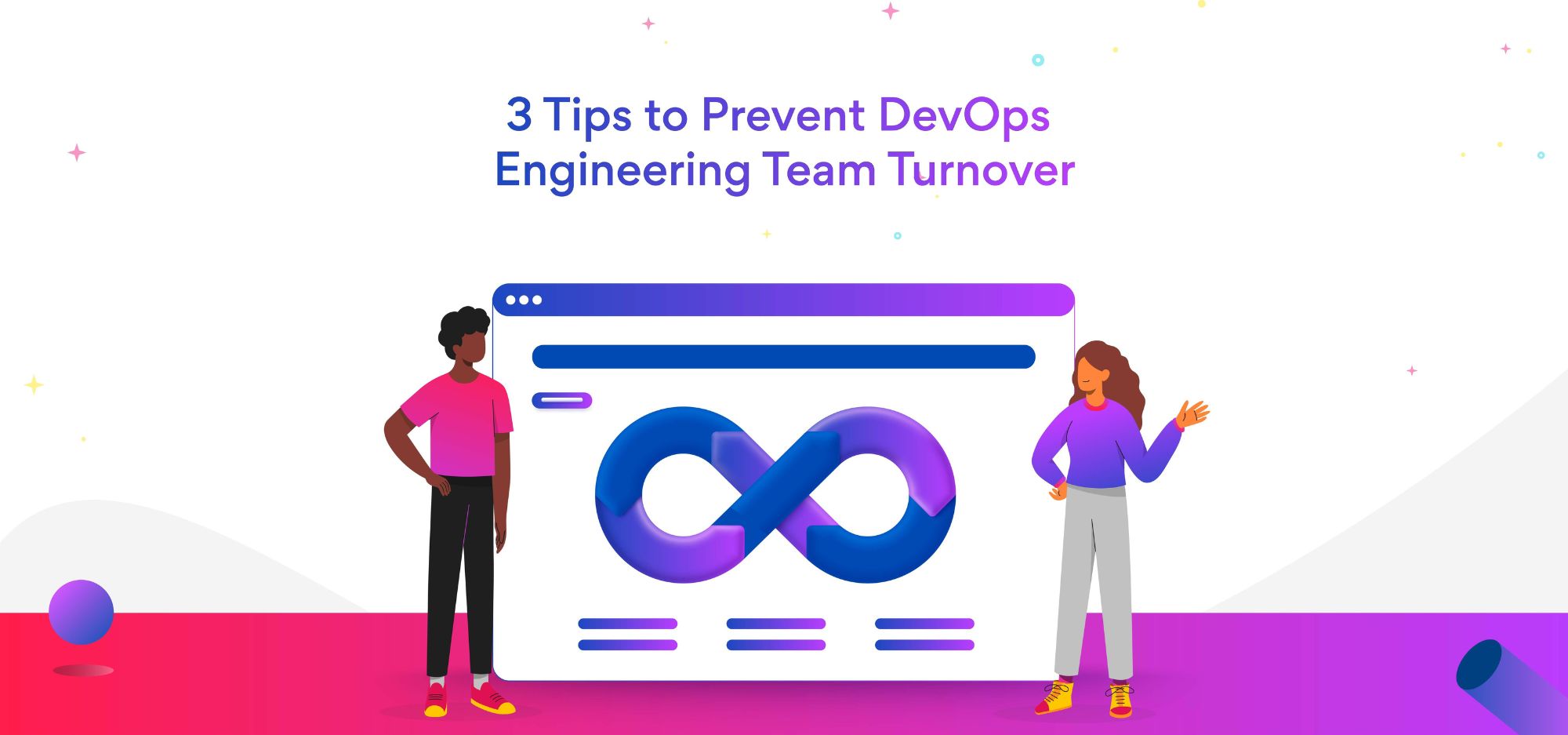What’s Next? Self-Improvement of LLMs
From the early days of large language models (LLMs), refining and self-improvement of AI have been one of the most compelling topics. Can large language models self-improve? The unlimited nature of these tasks suggests there is constant room for enhancing model response quality.
Improving your language model entails enhancing its capabilities, refining its performance, and addressing potential limitations. Throughout this blog, we’ll discuss the scope of self-improvement of large language models over the next few months and the potential strategies to implement them.
9 strategies for self-improving LLMs
While there are numerous strategies for the self-improvement of LLMs, some of the most crucial ones include:
- Dataset enrichment: Regularly update and expand the training dataset with new, diverse, and relevant information. This helps the model stay current with the latest developments and trends.
- Fine-tuning: Fine-tune the model on specific domains or tasks to improve its performance in those areas. This involves training the model on a smaller dataset related to the specific domain of interest. This method is beneficial because training a large language model from scratch is very expensive, both in terms of computational resources and time. By leveraging the knowledge already captured in the pretrained model, one can achieve high performance on specific tasks with significantly less data and computation.
- Prompt engineering: Customize at inference time with show-and-tell examples. An LLM is provided with example prompts and completions, as well as detailed instructions that are prepended to a new prompt to generate the desired completion. The parameters of the model are not changed.
- Evaluation and feedback loop: Implement a continuous evaluation and feedback loop. Regularly assess the model’s outputs, gather user feedback, and use this information to iteratively improve the model’s performance.
- Diversity in training data: Ensure that the training data is diverse and representative of various perspectives, cultures, and languages. This helps the model generate more inclusive and unbiased outputs.
- Ethical considerations: Implement ethical guidelines in the training process to minimize biases and ensure responsible AI. Regularly review and update these guidelines to reflect evolving ethical standards.
- User interaction monitoring: Analyze user interactions with the model to understand how it’s used and identify areas for improvement. This can include monitoring for instances where the model provides incorrect or biased information.
- Constant learning: Implement techniques for regular learning that allow the model to adapt to new information and adjust its parameters over time. This helps the model stay relevant in a dynamic environment.
- Regular model updates: Periodically release updated versions of the model to incorporate improvements. This could involve retraining the model with new data and fine-tuning it based on user feedback.
Alternative approaches for self-improvement of LLMs
Within this dynamic realm of self-improvement, there are some softer approaches you might want to take into account to boost LLM’s performance.
- Collaboration with experts: Collaborate with subject matter experts to enhance the model’s understanding of specific domains. Experts can provide valuable insights and help fine-tune the model for specialized knowledge.
- Performance metrics: Define and track appropriate performance metrics to measure the model’s effectiveness. Use these metrics to identify areas that need improvement and guide the self-improvement process.
- Research and innovation: Stay informed about the latest advancements in natural language processing and AI research. Implement innovative techniques and algorithms to enhance the model’s capabilities.
- Regular maintenance: Conduct regular maintenance to address any technical issues, bugs, or performance bottlenecks that may arise. Keep the model infrastructure up to date.
Conclusion
We are at a key point in the evolution of artificial intelligence, and self-improvement is a critical aspect. The scope of this development is boundaryless, and it’s barely in its early stages. However, it is also a dynamic process that requires a very delicate balance between technological advancement and ethical mindfulness.
Ongoing research in these areas, along with collaboration among researchers and industry practitioners, will continue to drive advancements in LLMs to not only make them more powerful and beneficial in diverse applications but also ensure that they contribute positively to our growing digital landscape.
Tell us the skills you need and we'll find the best developer for you in days, not weeks.











